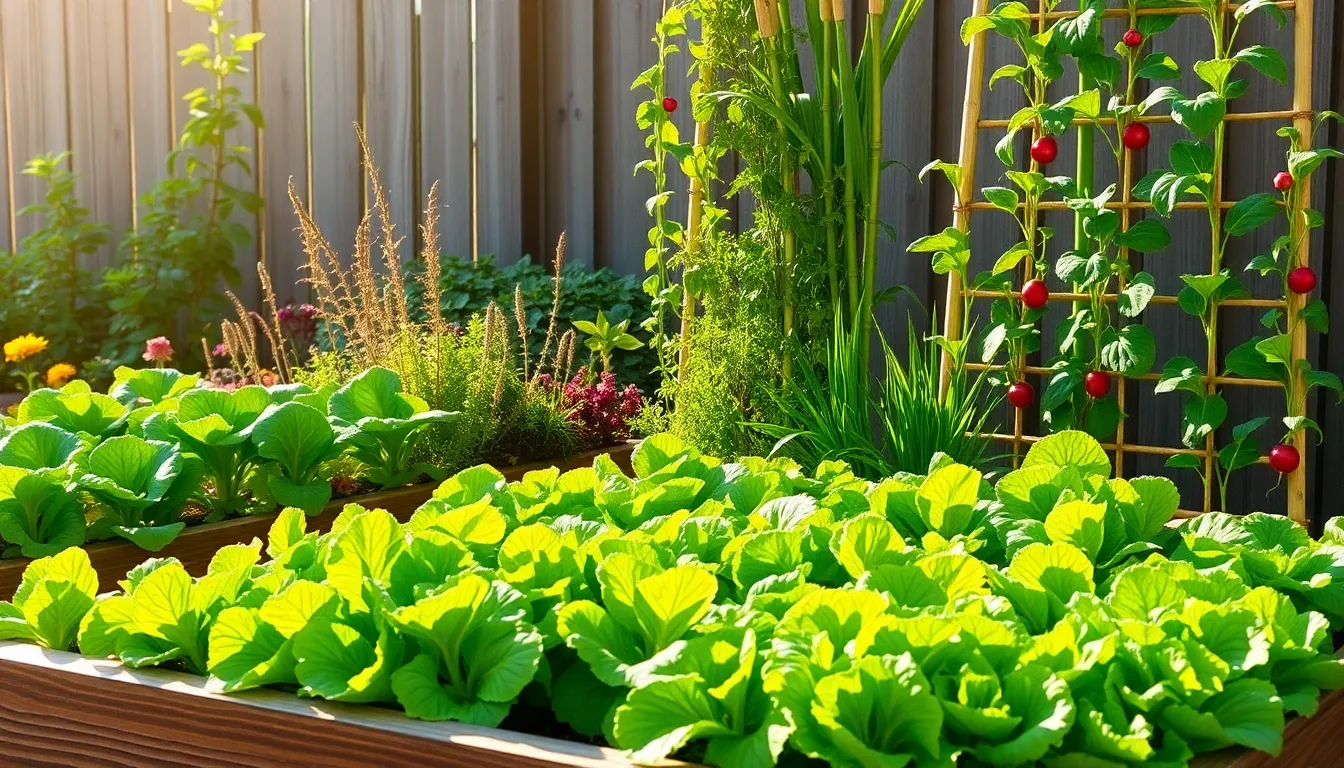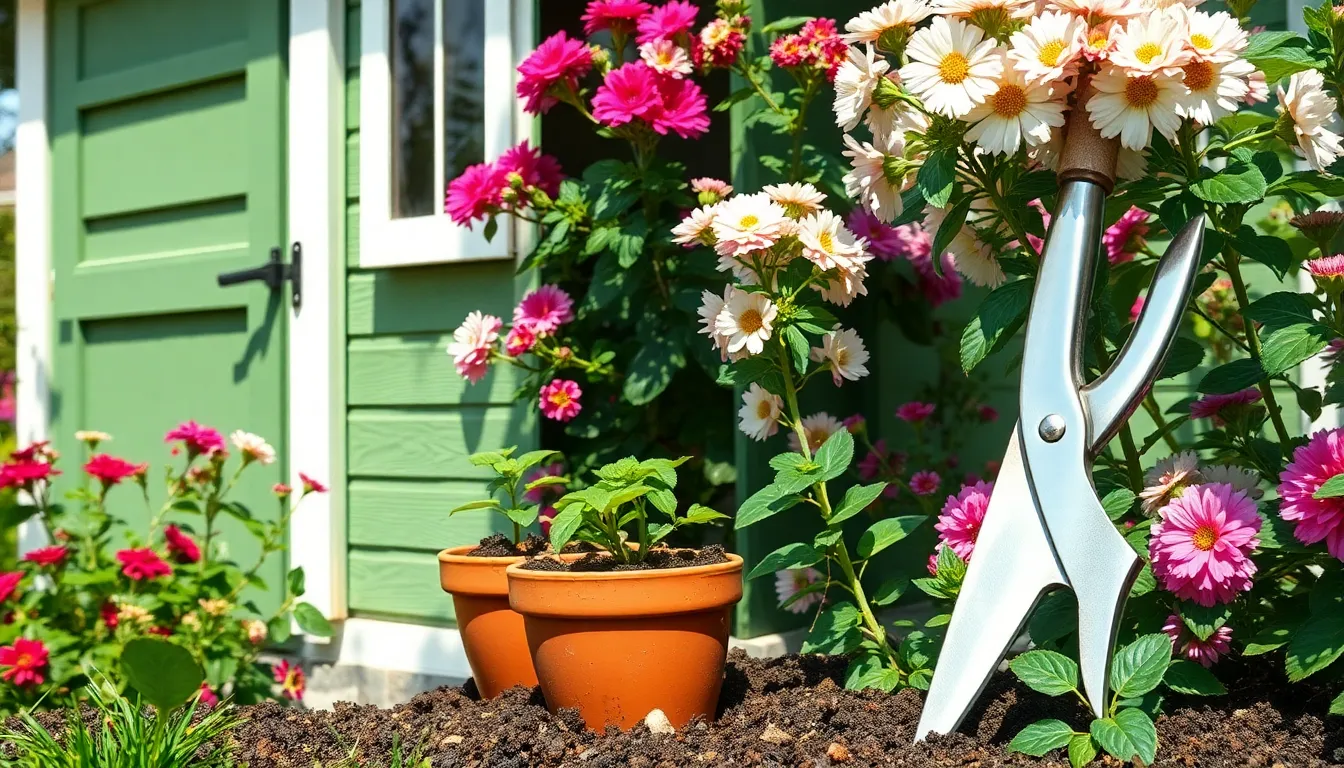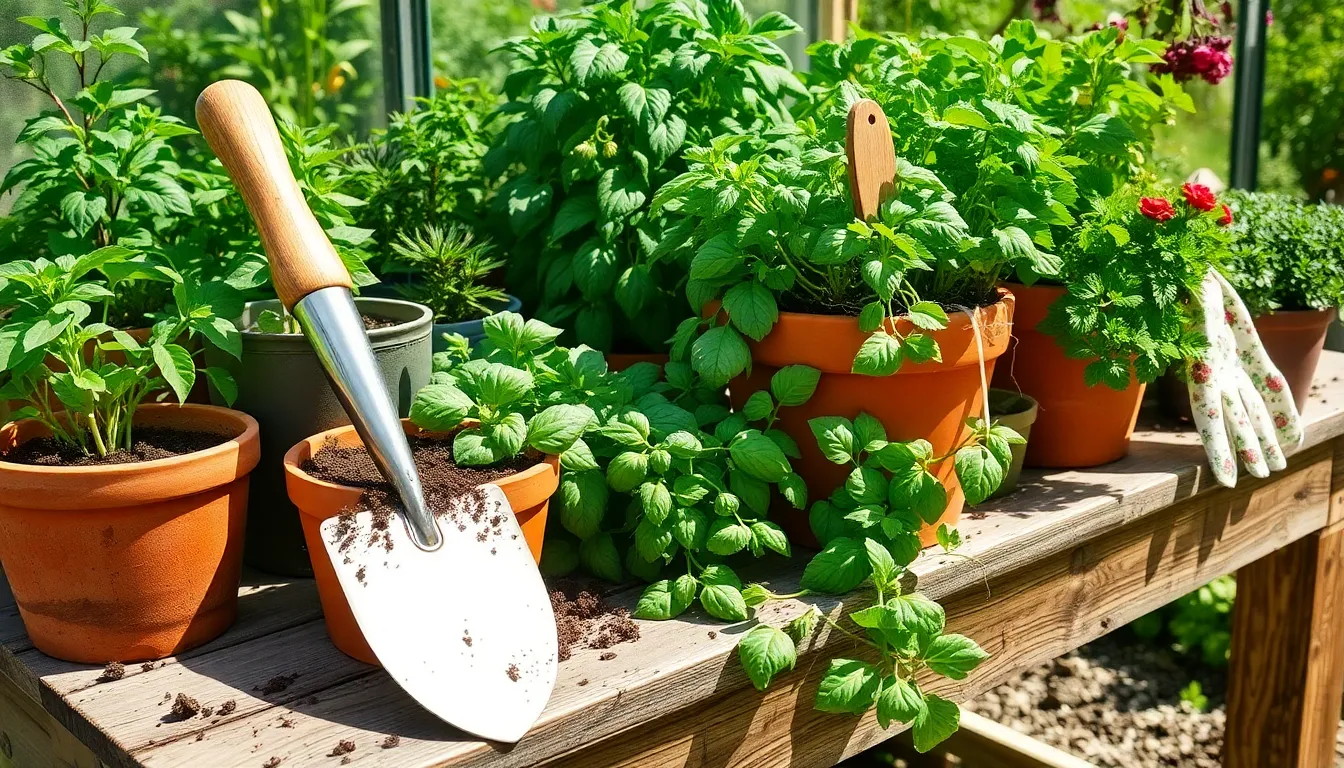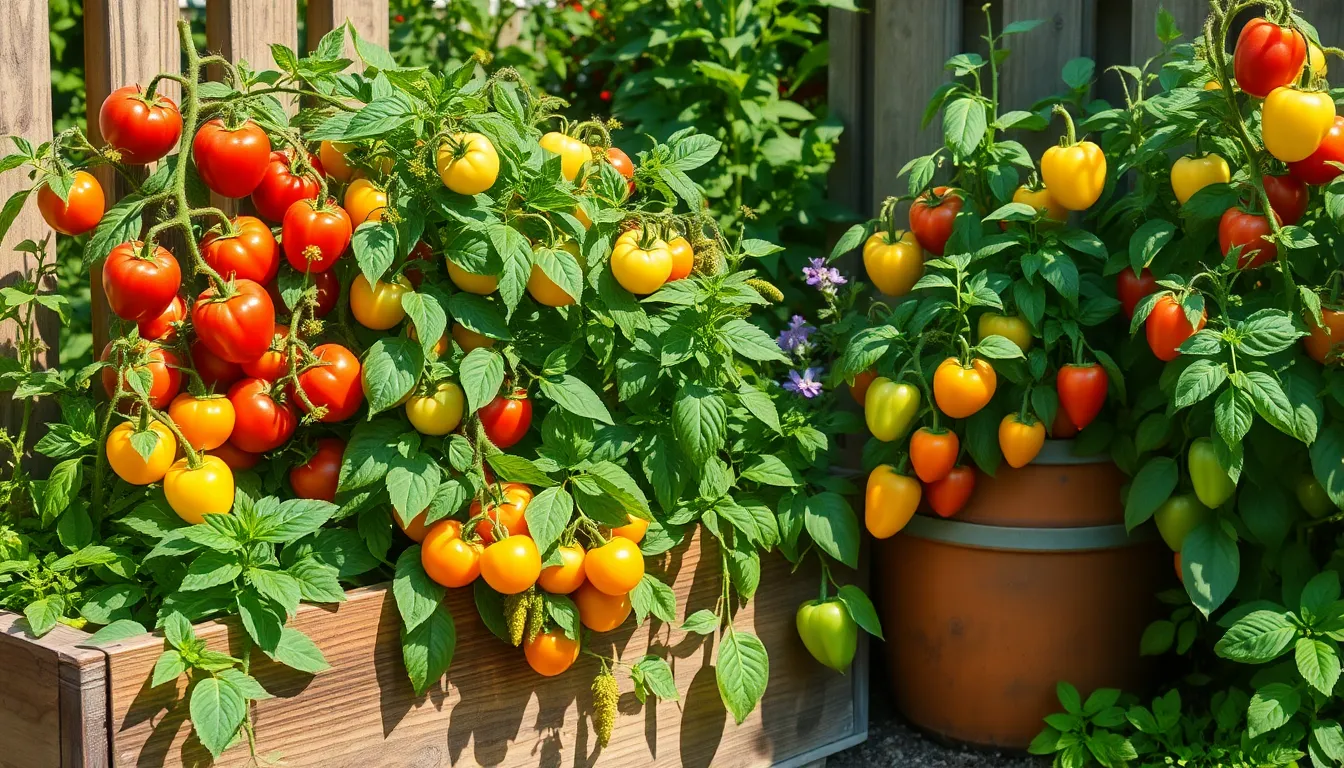Gardening is a timeless pursuit that brings joy, nourishment, and a sense of accomplishment to those who engage in it. For beginners, stepping into the world of vegetable gardening might seem daunting, but with the right guidance, it’s a rewarding adventure that even seasoned gardeners remember fondly from their own early days. Understanding which vegetables are the easiest to grow can transform your experience from overwhelming to wonderfully fulfilling, providing a bounty of fresh produce right from your backyard.
Whether you have years of experience or are just getting your hands dirty for the first time, selecting the right vegetables can make the difference between a flourishing garden and a frustrating endeavor. Our guide will introduce you to a selection of hardy, resilient vegetables that thrive with minimal fuss, ensuring success even for those with the most modest of green thumbs. By the end of this journey, you’ll not only know which plants to start with but also how to cultivate them with confidence and ease.
This article is crafted to be your go-to resource, sparking enthusiasm and imparting wisdom to all levels of gardeners. With practical advice and actionable steps, it promises to make your foray into vegetable gardening both accessible and enjoyable. Together, let’s cultivate a garden that’s not only productive but also a testament to the joy of growing your own food.
Top Beginner-Friendly Vegetables
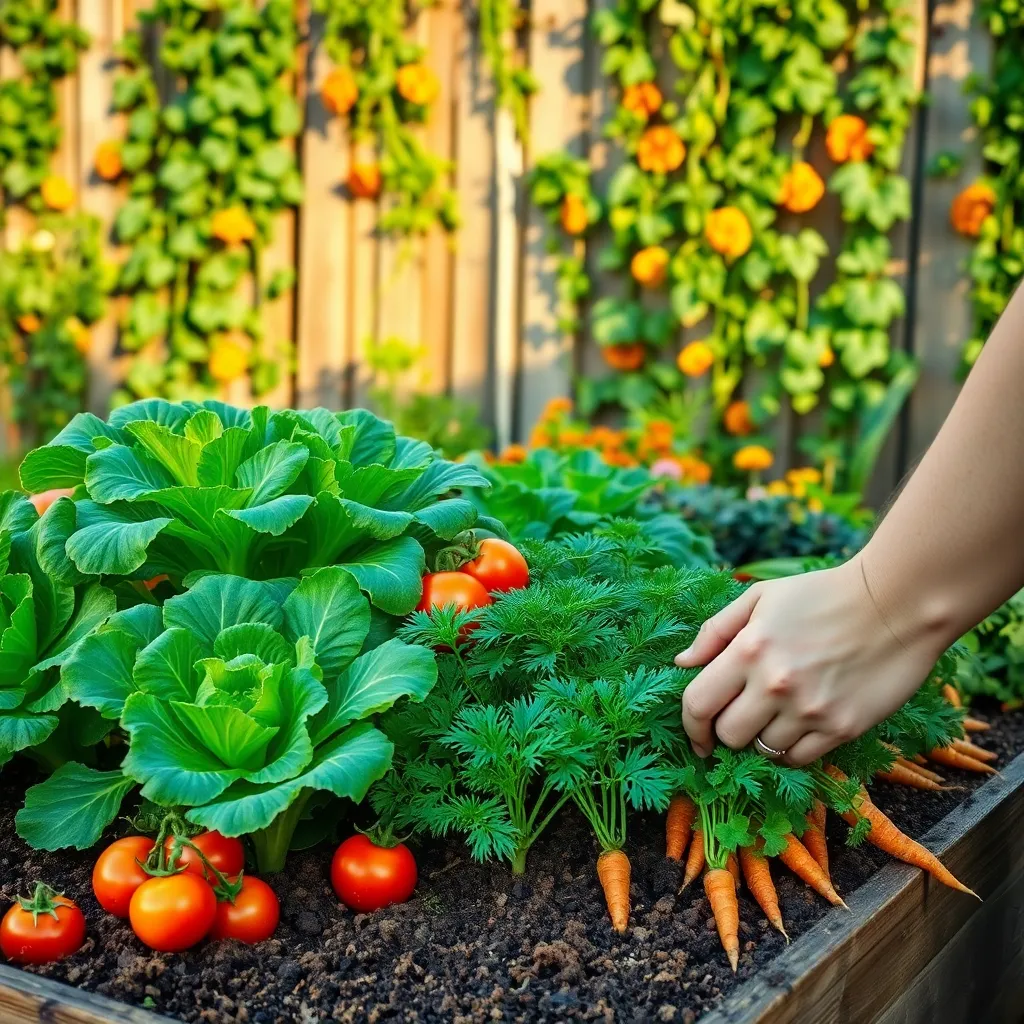
Tomatoes are one of the most popular vegetables for beginners due to their versatility and ease of growth. Start with a small variety like cherry tomatoes, which need full sunlight and well-draining soil for optimal growth.
Another excellent choice is radishes, which offer a quick harvest—perfect for those eager to see results. Plant radish seeds directly into the soil in early spring or fall, ensuring they receive at least six hours of sunlight daily.
Lettuce is a forgiving crop that thrives in cooler temperatures and partial shade, making it ideal for early spring or late summer planting. Keep the soil consistently moist, but not waterlogged, and harvest leaves when they’re young and tender for the best taste.
For those interested in root vegetables, carrots offer a rewarding challenge with a sweet payoff. Use loose, sandy soil to allow for straight growth, and thin seedlings to about one inch apart to ensure ample space for development.
Simple Planting Tips for Starters
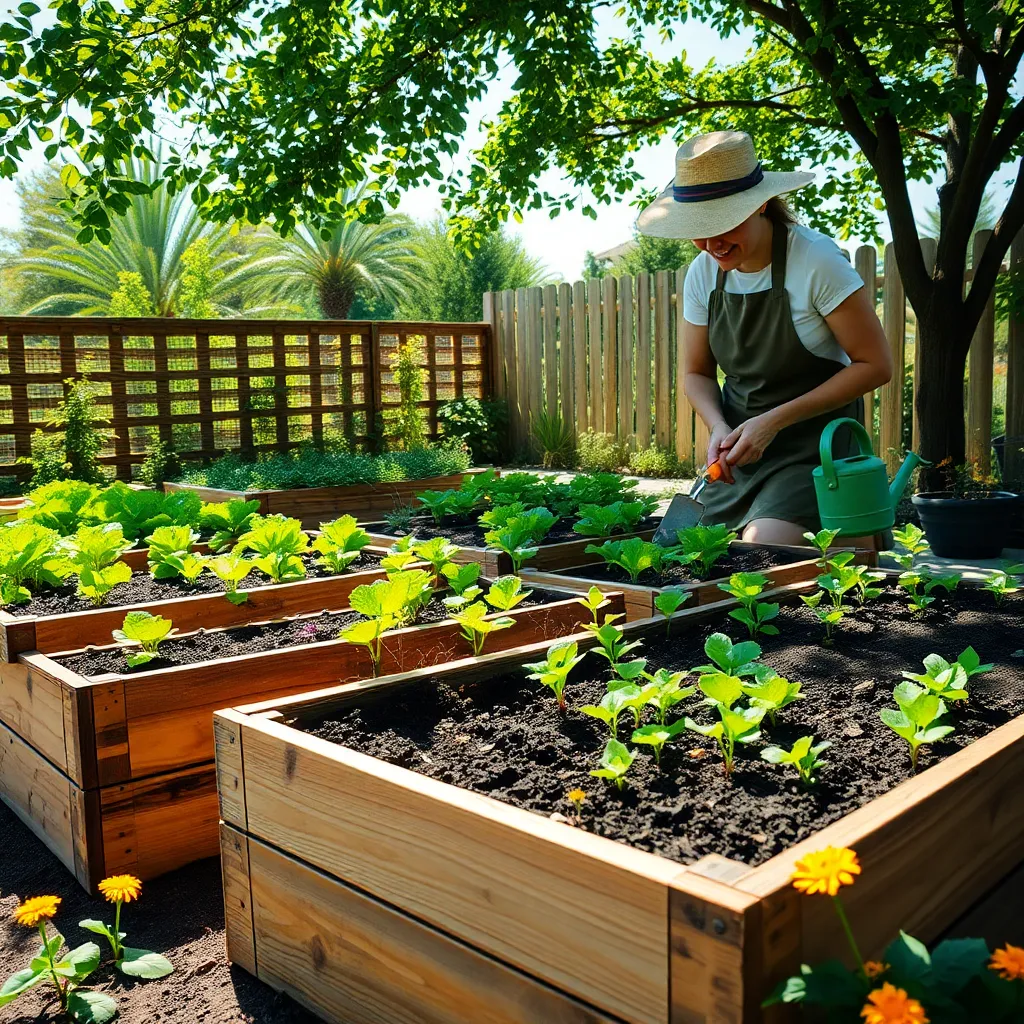
Starting your vegetable garden can be both exciting and rewarding, especially when you choose the right plants. Begin with vegetables like radishes and lettuce, which are known for their quick growth and ease of care, making them perfect for beginners.
To get the most out of your planting, focus on selecting a location that receives at least six hours of sunlight daily. This is crucial because most vegetables thrive in full sunlight, promoting healthy growth and abundant yields.
Use well-draining soil enriched with organic matter to provide your plants with the nutrients they need. Mixing in compost or aged manure can significantly enhance soil fertility, ensuring your vegetables have a rich foundation for growth.
Watering is another key aspect of successful gardening, especially for novice gardeners. Aim to water deeply but infrequently to promote strong root development; typically, an inch of water per week is adequate for most vegetables.
As you gain confidence, consider experimenting with companion planting to maximize your garden’s productivity. Pairing plants like tomatoes and basil can not only save space but also naturally repel pests, creating a healthier garden ecosystem.
Basic Care for Thriving Plants
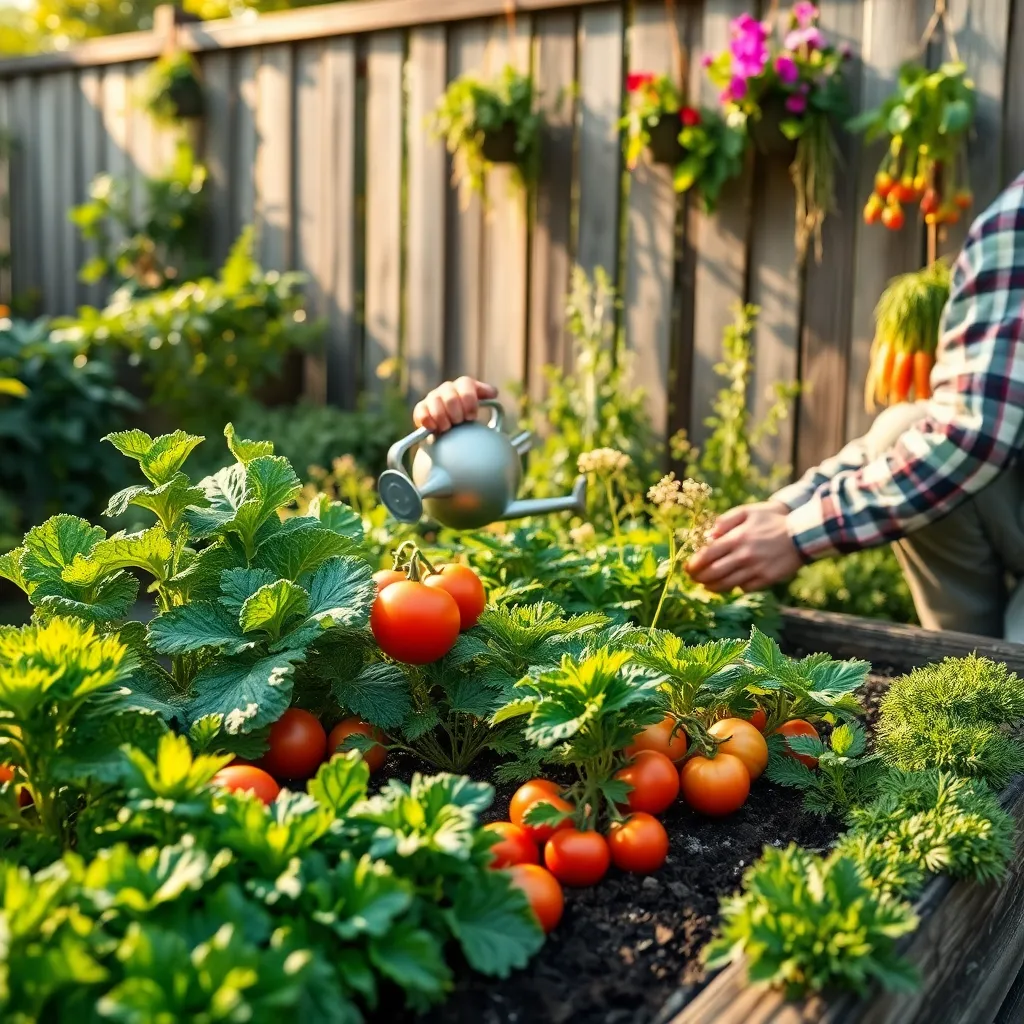
To ensure your vegetables thrive, it’s essential to start with the right soil. Using a well-draining, nutrient-rich soil can significantly impact your plant’s health and productivity.
Watering is another critical factor in plant care, and it’s important to strike the right balance. Most vegetables require about an inch of water per week, which can be adjusted based on rainfall and temperature conditions.
Avoid overwatering by checking the soil’s moisture level with your finger; if the top inch of soil is dry, it’s time to water. Mulching around your plants can help retain moisture and reduce the frequency of watering.
Sunlight is crucial for vegetable growth, and most varieties will flourish with six to eight hours of full sun daily. If full sun is limited in your garden, consider planting shade-tolerant vegetables like lettuce and spinach.
Fertilizing your vegetables can promote robust growth and increase yields. Use a balanced vegetable fertilizer every four to six weeks, or opt for organic compost to enrich your soil naturally.
Encourage healthy plant growth by removing weeds that compete for nutrients and space. Regularly check for pests and diseases, and use natural pest control methods like neem oil or insecticidal soap to keep your plants healthy.
Harvesting Made Easy: Quick Guide
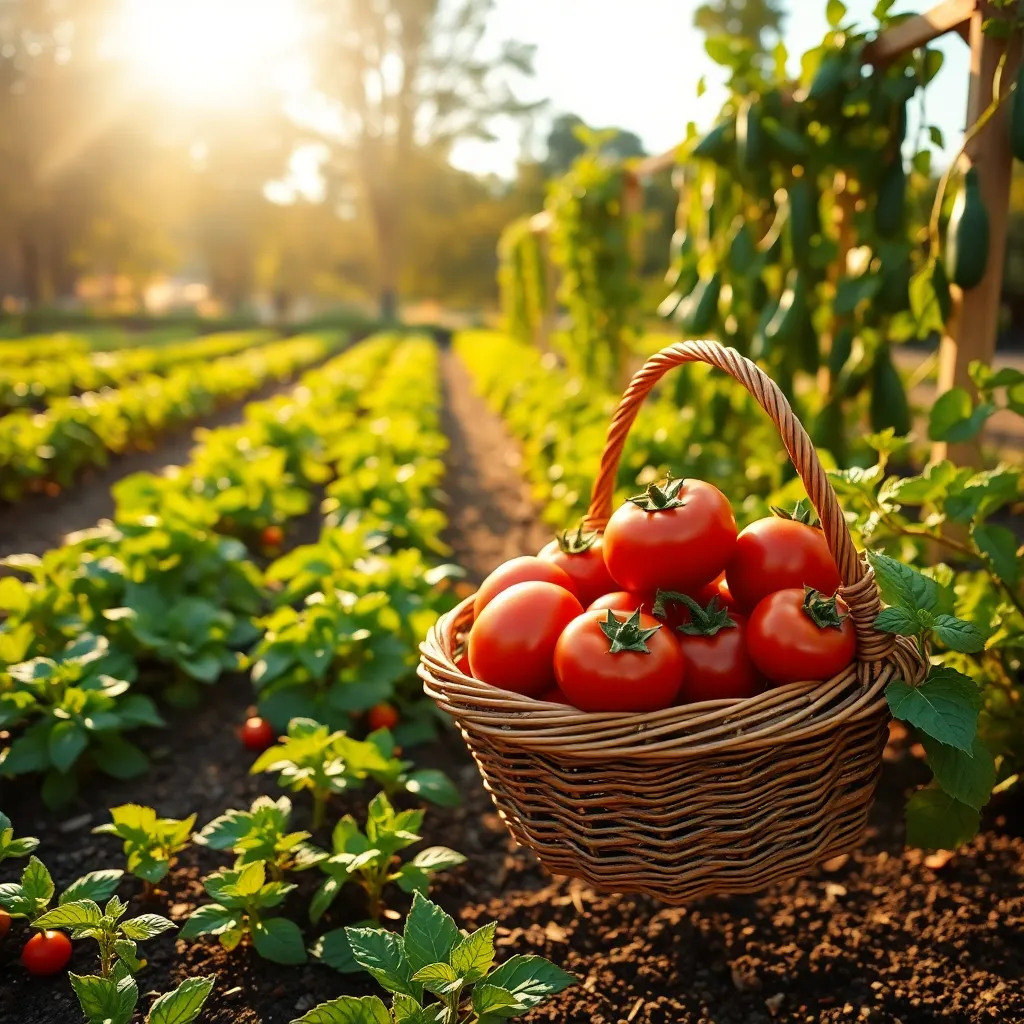
When it comes to harvesting, timing is everything, and it’s crucial to know when your vegetables are at their peak. For most vegetables, you’ll want to pick them early in the morning when they are crisp and full of moisture.
Start with a gentle touch; many vegetables like tomatoes and peppers will easily detach when they are ready. Use a clean, sharp pair of scissors or pruners for tougher-stemmed vegetables like squash or cucumbers to avoid damaging the plant.
As a beginner, it’s essential to remember that some vegetables, such as leafy greens, can be harvested multiple times. Snip the outer leaves of lettuce and spinach, and they will continue to produce new growth for you to enjoy throughout the season.
Ensure you have a designated area to store your harvested vegetables properly, as this can significantly affect their longevity. A cool, dry place works best for most produce, while root vegetables benefit from being stored in slightly damp conditions to keep them fresh.
For more experienced gardeners, consider implementing a succession planting plan to extend your harvesting period. By planting small amounts of a crop every couple of weeks, you’ll enjoy a continuous supply of vegetables rather than a single large harvest.
Troubleshooting Common Plant Issues
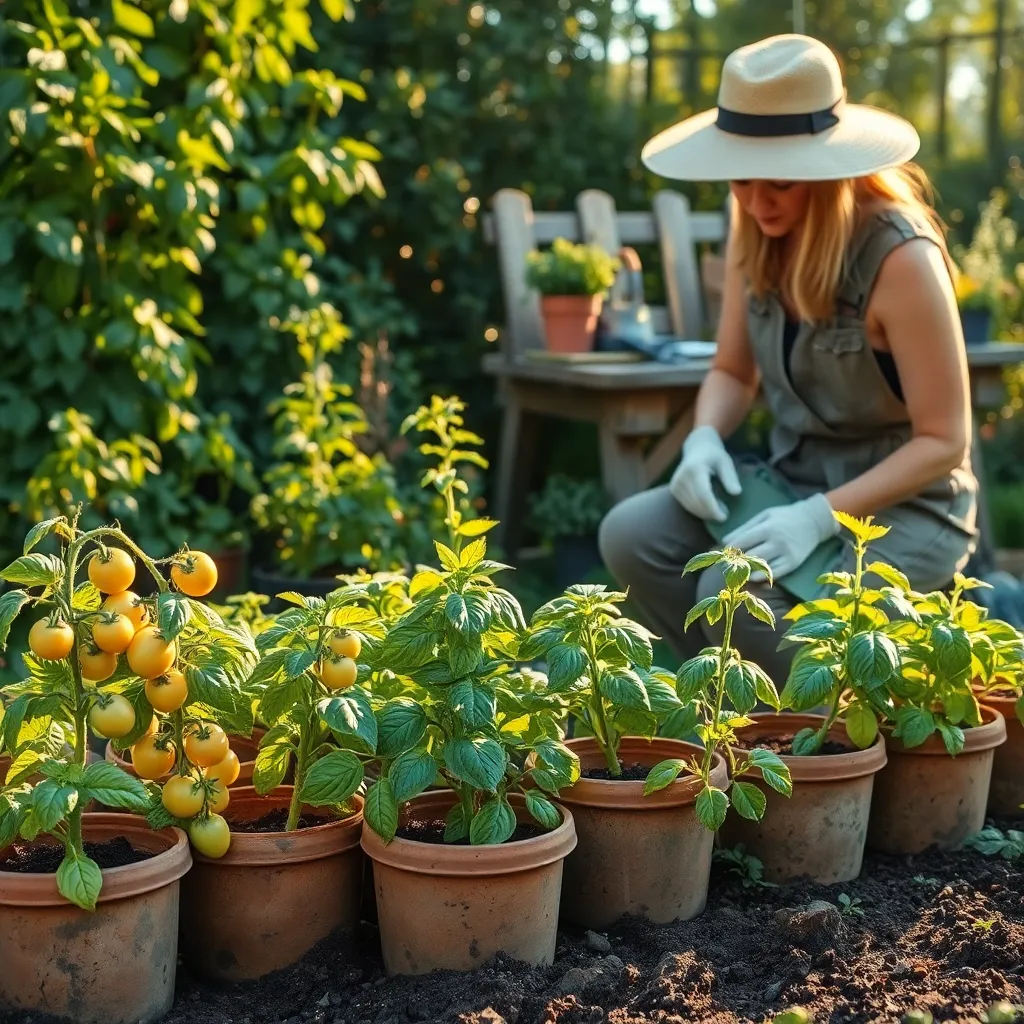
In gardening, encountering issues with your plants is a natural part of the learning process. Yellowing leaves are a common problem that could indicate either overwatering or insufficient nutrients. To address overwatering, ensure your soil has adequate drainage by incorporating materials like perlite or coarse sand. For nutrient deficiency, a balanced fertilizer like a 10-10-10 mix can help restore plant health.
Pests can also pose a significant challenge, particularly for beginners. Aphids and caterpillars are frequent culprits that can be managed with both natural and chemical methods. Introduce beneficial insects like ladybugs to naturally keep aphid populations in check. For a more immediate solution, use insecticidal soap sprays, applying them in the early morning to avoid harming beneficial insects.
Sometimes, your vegetables might not be growing as vigorously as expected. Insufficient sunlight is often to blame, as most vegetables require at least 6 to 8 hours of sunlight per day. If your garden area is too shaded, consider relocating pots or using reflective surfaces to increase light exposure. Additionally, rotating crops annually can prevent soil depletion and enhance plant performance.
Temperature fluctuations can also affect plant growth, especially in early spring or late fall. Use row covers to protect young seedlings from unexpected frosts and maintain consistent warmth. If you’re growing in containers, move them to a sheltered location during extreme weather conditions. By closely monitoring weather forecasts, you can proactively safeguard your plants and ensure a healthy harvest.
Conclusion: Growing Success with These Plants
In exploring the relationship between you and your garden, we’ve delved into five key concepts that can transform your growing journey: communication with your environment, patience in growth, nurturing through consistent care, understanding your garden’s unique needs, and celebrating small wins. These principles mirror the nurturing of personal relationships, emphasizing the importance of attention, dedication, and joy in the little things.
As an actionable next step, why not choose one easy-to-grow vegetable from our list and plant it this weekend? Whether it’s crisp lettuce, vibrant radishes, or hearty beans, starting small can lead to a flourishing garden and a sense of accomplishment.
Remember, just as relationships thrive on consistent effort and care, so will your garden. Bookmark this article as a handy reference when you need a reminder of the parallels between your garden’s growth and your personal growth. As you sow these seeds, envision the bountiful harvest that awaits, both in your garden and in your relationships. Embrace this journey with confidence, knowing that with each step, you’re cultivating success that will nourish both body and soul. Here’s to a future filled with thriving gardens and even more flourishing relationships!

